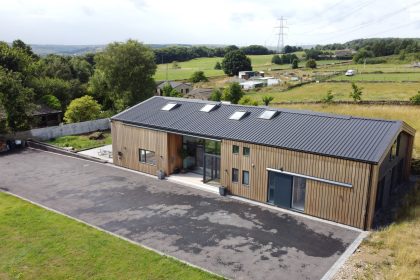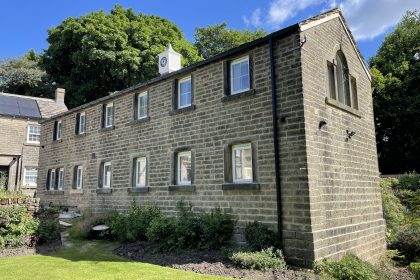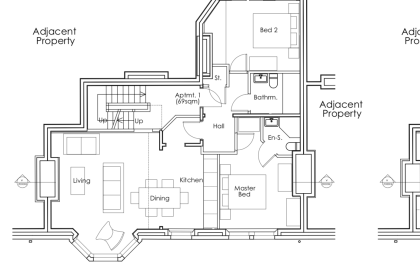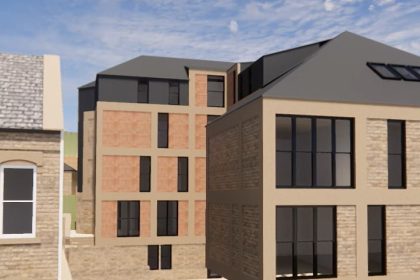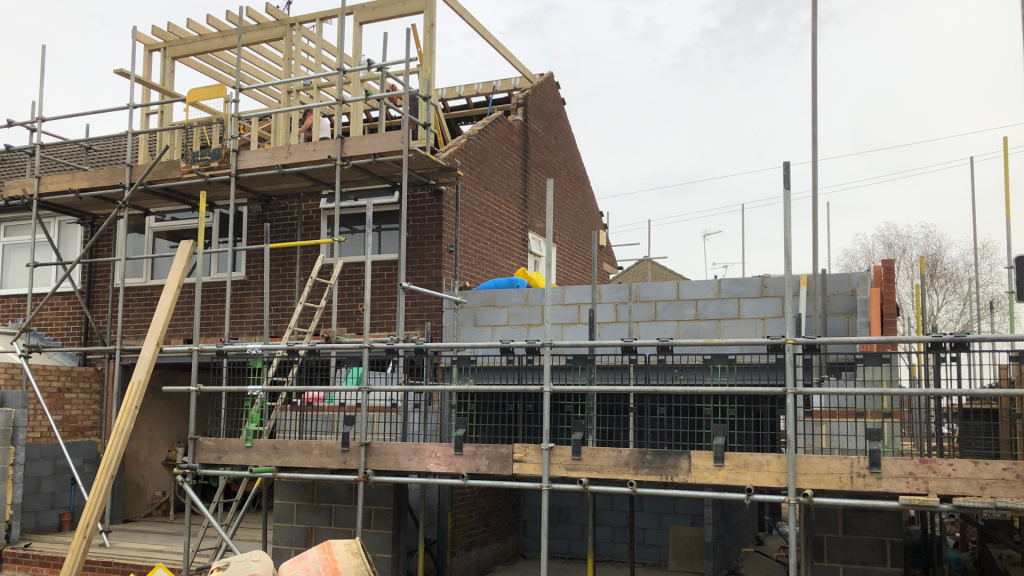 Does your project involve work that will affect a shared wall or boundary between you and your neighbour’s property? If so, you will need to be aware of the requirements of the Party Wall Act.
Does your project involve work that will affect a shared wall or boundary between you and your neighbour’s property? If so, you will need to be aware of the requirements of the Party Wall Act.
If you live in a semi-detached, flat or terraced property, it is likely that you will share a wall with a neighbouring building and you will need an agreement regarding the Party Wall before you start work. This also includes loft conversions, extensions and basements, and often where you are building up to or astride the boundary of the adjacent property.
What is the Party Wall Act?
The Party Wall Act 1996 is essential for anyone planning construction work affecting shared walls between properties. It ensures that homeowners inform and negotiate with their neighbours before beginning work to avoid disputes and potential structural issues.
Key Points:
- Definition: A party wall is a shared wall between two properties.
- Covered Work: Includes extensions, loft conversions, and basement excavations.
- Notice Requirement: Neighbours must be notified two months in advance.
- Legal Framework: Establishes a process for resolving disputes and agreeing on work plans.
Why is there a Party Wall Act?
The Party Wall Act is a piece of legislation that has been designed to help prevent construction-related disagreements between neighbours who share a wall. Within this legislation there is a clear legal framework for managing disputes, should they arise.
As such if an owner on one side of the wall carries out works to the wall without consent of their neighbour, they will commit a trespass.
The Party Wall Act and Extensions
If you are carrying out any building work to your party wall, the part of the Act that’s often most relevant is where the excavation of foundations is close to neighbouring buildings or garden boundary walls.
If excavations are within the critical distance of 3m from the adjoining property and are deeper than the neighbours existing foundations, then notification is usually required.
Generally speaking, older properties have relatively shallow footings and, in most cases, any new footings proposed will be deeper. It is always best seeking advice from a building surveyor or structural engineer if in doubt.
Work Covered by the Party Wall Act
The main areas of a Party Wall Act include:
- Converting a loft including cutting into boundary walls
- Underpinning
- Inserting a damp-proof course
- Increasing the thickness of the wall
- Demolishing and rebuilding
- Extending above a storey which lies on the boundary
- Building a new wall for an extension up to or on the boundary
- Excavation work for new foundations
If you plan to undertake any work covered by the Act, you’ll have to give notice of the commencement of work to your neighbour.
What is a Party Wall Act ‘Notice’?
A Party Wall Act Notice is ‘served’ on your neighbours informing them of the alterations you are planning on making. There are some example forms available here: https://www.rightsurvey.co.uk/party-wall-notices/
This usually needs to be presented to your neighbour two months prior to works commencing.
The Final Stages
Your neighbour will have 14 days to provide written approval or rejection.
If your neighbour does not confirm their agreement in writing, or rejects your proposal, you will usually need to appoint a Party Wall Surveyor to manage the process for you.
We at Fibre Architects can often give initial advice, and point our clients in the direction of an appropriate course of action or consultants to approach if the Party Wall Act is relevant to their project.
Please just contact us at info@fibrearchitects.co.uk if you’d like our help with your project, and we can review your specific circumstances and advise in this respect as necessary.

